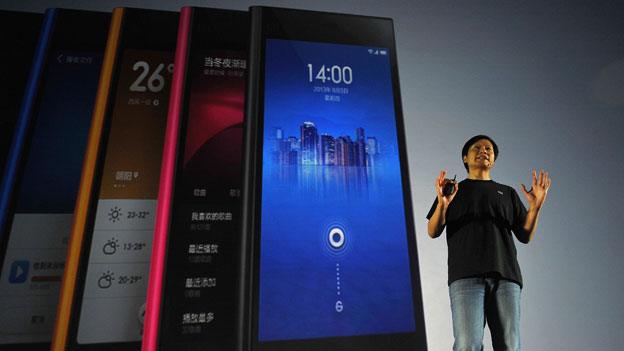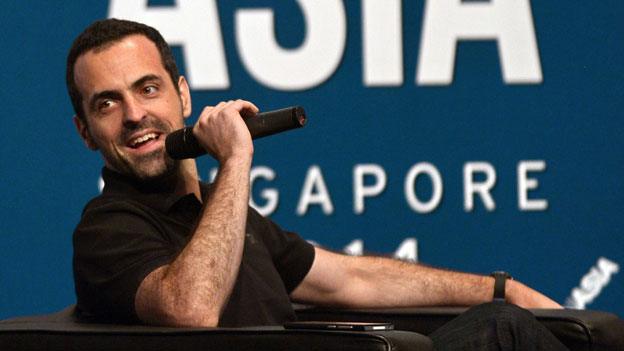How to say: Xiaomi
- Published

It's the world's most valuable privately held company, and its third biggest smartphone maker, selling 61 million handsets last year. But how do you pronounce Xiaomi? Jo Kim of the BBC Pronunciation Unit says it's not simple.
Xiaomi may be the market-leader in China, but in most English-speaking countries it's not yet as big as Samsung or Apple, or not yet. This may be why there is so far no agreed English pronunciation.
At the BBC Pronunciation Unit, we have heard all of the following variations in tech reviews and news reports:
show MEE (-sh as in ship, -ow as in now, -ee as in street, stressed syllable in upper case)
ZHOW-mee (-zh as the "s" in measure, stress on the first syllable)
sigh-OW-mee (-igh as in high)
zigh-OH-mee (-oh as in no)
However, we recommend to our broadcasters:
SHOW mee (-sh as in ship, -ow as in now, -ee as in street, note first syllable stress)
This reflects the pronunciation used by the VP of Xiaomi Global, the Brazilian Hugo Barra, who said, external shortly after taking up his position in August 2013: "Think of 'show me', and then pronounce the first word as if it was 'shower.'"

You can hear him say it on video here, external.
So that is our recommended Anglicisation of the name. What is the Chinese pronunciation?
This question doesn't have a simple answer either - in Chinese, just as in English, there is a great deal of variation between dialects and accents.
You can hear the president of the company say it here, external, and the CEO say it here, external.
Chinese speakers will notice that the two men are using slightly different tones. They also pronounce the X of Xiaomi differently. The president's pronunciation uses a sound anglicised by some as "sh" (as in ship) and by others as "s" (as in sit). The CEO's pronunciation is closer to the "zh" in measure.
Chinese, as a tone language, does not have lexical stress (the stress placed on a syllable) - unlike English - although English speakers sometimes perceive tones as stress.
It's important to note, though, that the pronunciation of a company name and product by English speakers doesn't always follow the creator's pronunciation.
A good example of this is the pronunciations in use for GIF, the image format. One of its creators, prefers a "j" sound (as in Jack) but among the general public it's common to hear a hard "g" (as in get).

Also pronounced in different ways... Nike
Another example is TESLA, the car brand, pronounced TEZ-luh by co-founder Elon Musk, but often TESS-luh by others (in line with the pronunciation of Nikola Tesla, the scientist the company is named after). Even TESLA UK uses the TESS-luh pronunciation on the voicemail.
Then there is Chrysler, which is pronounced differently in British and American English - KRYZ-luhr (-y as in cry, -z as in zoo, -uhr as in over) and KRYSS-luhr (-s as in sit) respectively. And there are two pronunciations in use for Nike in British English alone: NIGH-ki (-igh as in high, final -i as 'y' in happy) and NIGHK (without the final vowel). The company itself prefers the former.
So while Hugo Barra's pronunciation for Xiaomi stresses the first syllable, it is possible that the stress pattern in English might change to final-syllable stress in general usage - as in similar two-syllable Chinese words, Beijing and Shanghai.
The Pronunciation Unit is part of the BBC's Information and Archives department. Its service is available exclusively to BBC broadcasters and programme-makers. The pronunciations discussed are represented using BBC text spelling.
Subscribe to the BBC News Magazine's email newsletter to get articles sent to your inbox.